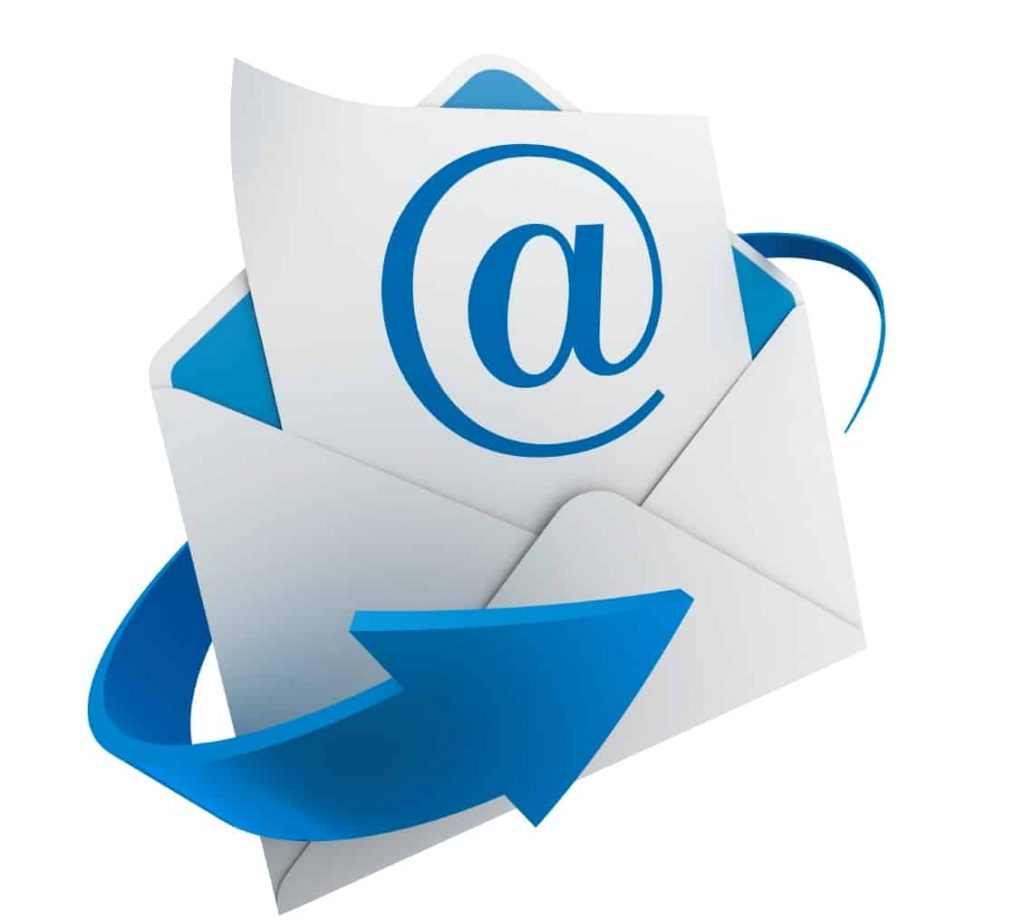Making the most of Email as a Productivity Tool for Your Business
John M. Haddad
Do you find yourself spending hours sifting through junk mail, spam, or other irrelevant messages to find the emails that are important to your business? Have you ever searched through your Read Messages for the one message containing a piece of information you needed to remember? Does it take half the day to track down a message you sent that you need to follow up on?
These and countless other time-wasters make email seem like more of a burden than a productivity tool. But, if used correctly, email can actually help you and your business be more productive and organized. You want to quickly get your email out of your inbox and into either the trash or some actionable next step.
Here are ways you can use email to boost your productivity:
1. Make Your Subject Line Actionable
When writing the subject line of your email, if action is required on the part of the recipient, start with a verb that describes what needs to be done and then a noun that describes what the email message is about. Your subject line is succinct and actionable and the recipient knows exactly what you need them to do when they see the email in their inbox.
2. Create a System for Follow-Ups
As a business person, you send a lot of emails to prospective clients, vendors, business partners, and so forth. You don’t necessarily need to follow up on every email you send out, but for those you do, how do you keep track of who you emailed and when you need to follow up? It’s not practical or productive to sift through your Sent Messages every day to remind yourself who you’re waiting to hear back from. Instead, come up with a system of tracking emails that need follow-up.
Most email clients, like GMail, allow you to tag messages or create folders. You can tag the messages you want to follow up on or create a folder labeled “Follow Up” and move messages that require follow-up into this folder. Or, you can BCC yourself on the emails you want to remember to follow up on. Then, if your email client has a message filter (which most do), you can sort these messages into a “Follow Up” folder as they come into your Inbox. With either of these systems, you can easily check later to see who you need to contact.
One way I do this is to use Evernote to capture key emails that I want to use as a follow-up. It’s a way of documenting your emails in a notebook by just sending the email to your Evernote account.
3. Turn Emails into Tasks or Calendar Events
Most email clients include a calendar and allow you to create tasks or calendar events. Use this to your advantage. When you receive an email that requires you to take some action, create a task and include the details of what you need to do in the description. Now, it’s on your task list so you don’t forget about it.
 You can also leverage a calendar for tasks. If you know you need to accomplish a certain task by a certain date and time, schedule time in your calendar to dedicate to working on completing the task. This ensures you set aside time to get it done and don’t accidentally schedule a meeting or other activities over your “task” time. You can also set calendar reminders to notify you when a task is nearing its due date.
You can also leverage a calendar for tasks. If you know you need to accomplish a certain task by a certain date and time, schedule time in your calendar to dedicate to working on completing the task. This ensures you set aside time to get it done and don’t accidentally schedule a meeting or other activities over your “task” time. You can also set calendar reminders to notify you when a task is nearing its due date.
One of my favorite task management tools is Toodledo. If I have an email that I want to become a task, I can email it to my Toodledo email account.
4. Leverage Email Templates
If you find yourself constantly copying and pasting content from a previously sent email into a new message you’re sending to someone else, you will definitely benefit from email templates. When you’re composing an email, before you hit “Send,” ask yourself, “Will I ever need to send this information again?” If the answer is yes (or even maybe), create a template of the email message that you can use later. Using templates will save you hundreds of hours.
Not all email clients allow you to create email templates that you can simply open, customize, and send over and over, but most do. Even with those that don’t, you can use other features to accomplish the same thing, such as custom signatures, saved drafts, or shortcuts. The point is, there is a way to save content that you tend to reuse. Instead of reinventing the wheel every time you send a product prospective or project proposal, open the saved one, tweak it to fit your needs, and save yourself hours.
5. Go Mobile with a Virtual Office
Face it, the world is going mobile. If you’re running a small business, or trying to start a small business, you probably don’t have an office in some corporate park somewhere. Because most business communication is conducted through email, it’s important that you have access to your email from wherever you are. A Web-based email client allows you to access your lines of email communication from anywhere you have an Internet connection (and likely, your phone).
 There’s no need to tell potential clients that you don’t have an office space. An email address is virtual. As long as your clients can contact you and you respond in a timely manner, it doesn’t matter if you’re conducting your business from your home, the library, at the park, or at your local coffee shop. So, make sure you have mobile access to your email and you can work from virtually anywhere.
There’s no need to tell potential clients that you don’t have an office space. An email address is virtual. As long as your clients can contact you and you respond in a timely manner, it doesn’t matter if you’re conducting your business from your home, the library, at the park, or at your local coffee shop. So, make sure you have mobile access to your email and you can work from virtually anywhere.
I use Gmail extensively for both my personal email account and my business account. When I want to quickly find emails, the search capability in the web browser to find a specific email I received or send is unparalleled. I have the capability to access my email anywhere … PC, Tablet or Smartphone … and they all work together seamlessly
View other posts

Share this post
Recent Posts

